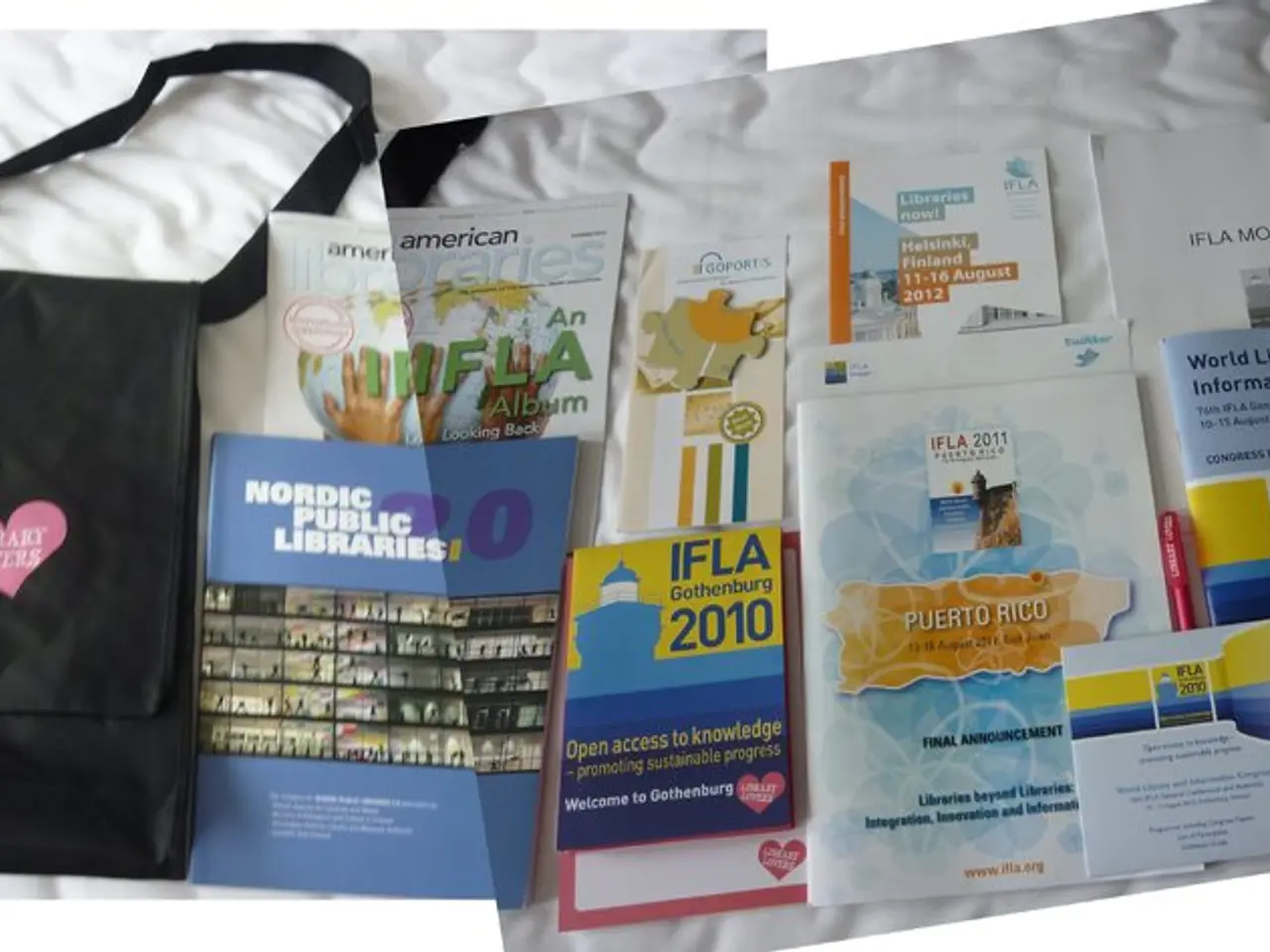Autism: Equipping Individuals for Self-Sufficient Living
Shared and tweeted:
During the past two decades, numerous terms have emerged to describe essential life skills that empower individuals to thrive independently within their communities. Keep reading to learn the difference between activities of daily living (ADLs), why life skills training is crucial for children with disabilities, and practical techniques for teaching them.
ADLs: self-care skills for independence
Activities of daily living, or ADLs, are the ordinary tasks revolving around self-care, such as bathing, dressing, grooming, and feeding ourselves. Mastering these skills is essential for self-reliance, community involvement, and a practical measure of ability in various disabilities.
ADLs can be divided into two categories: Basic and Instrumental activities.
Basic ADLs
Basic ADLs comprise fundamental self-care skills, such as:
- Dressing
- Feeding
- Bathing
- Personal hygiene
- Toileting
Instrumental ADLs (IADLs)
Instrumental ADLs enable you to live and participate independently in the community. Examples include:
- Home maintenance
- Transportation
- Money management
- Personal safety and healthcare
- Community participation
- Communication skills
- Leisure and recreation
Importance of ADLs and life skills training
Mastering ADLs:
- Empowers us to take care of ourselves
- Helps us engage independently in society
- Informs medical decision-making
- Provides guidance on the level of support an individual needs
- Highlights areas needing training or instruction
For children with disabilities, such as autism or learning difficulties, certain skills may need to be specifically taught. For instance, autistic teens with strong cognitive abilities still have a 50% chance of encountering daily living skill deficits.
Teaching life skills to children with disabilities
Life skills training is vital for kids with disabilities, and they often benefit from structured methods like chaining and prompting within an ABA (Applied Behavior Analysis) framework.
Chaining Methods
Chaining method involves breaking complex tasks into smaller, manageable steps and teaching them sequentially.
Types of Chaining
- Forward Chaining: Start with the first step, adding subsequent steps gradually.
- Backward Chaining: Begin with the last step and move backwards to the initial step.
- Total Task Chaining: Introduce all steps simultaneously.
Prompting Strategies
Prompting is used to assist the child to perform each step correctly. Common types of prompts include:
- Physical prompting
- Verbal prompting
- Gestural prompting
- Visual prompting
Gradually reduce the intensity and frequency of prompts, known as prompt fading, to encourage independence.
A sample life skills checklist
Here is a general list of life skills that can serve as an inspiring starting point when teaching your child:
- Personal hygiene
- Grooming
- Dressing
- Feeding
- Cooking
- Shopping
- Transportation
- Communication skills
- Healthcare management
- Housekeeping
- Budgeting
- Time management
- Self-advocacy
- Using technology responsibly
- Social interaction skills
- Problem-solving
- Conflict resolution
- Leisure activities
- Emotional regulation
- Safety skills
- Children with special needs require education and self-development focused on personal growth and learning, particularly life skills training, to help them master activities of daily living (ADLs).
- The chaining method, a structured technique within an ABA framework, can be useful for teaching life skills to children with disabilities, by breaking complex tasks into manageable steps and teaching them sequentially.







